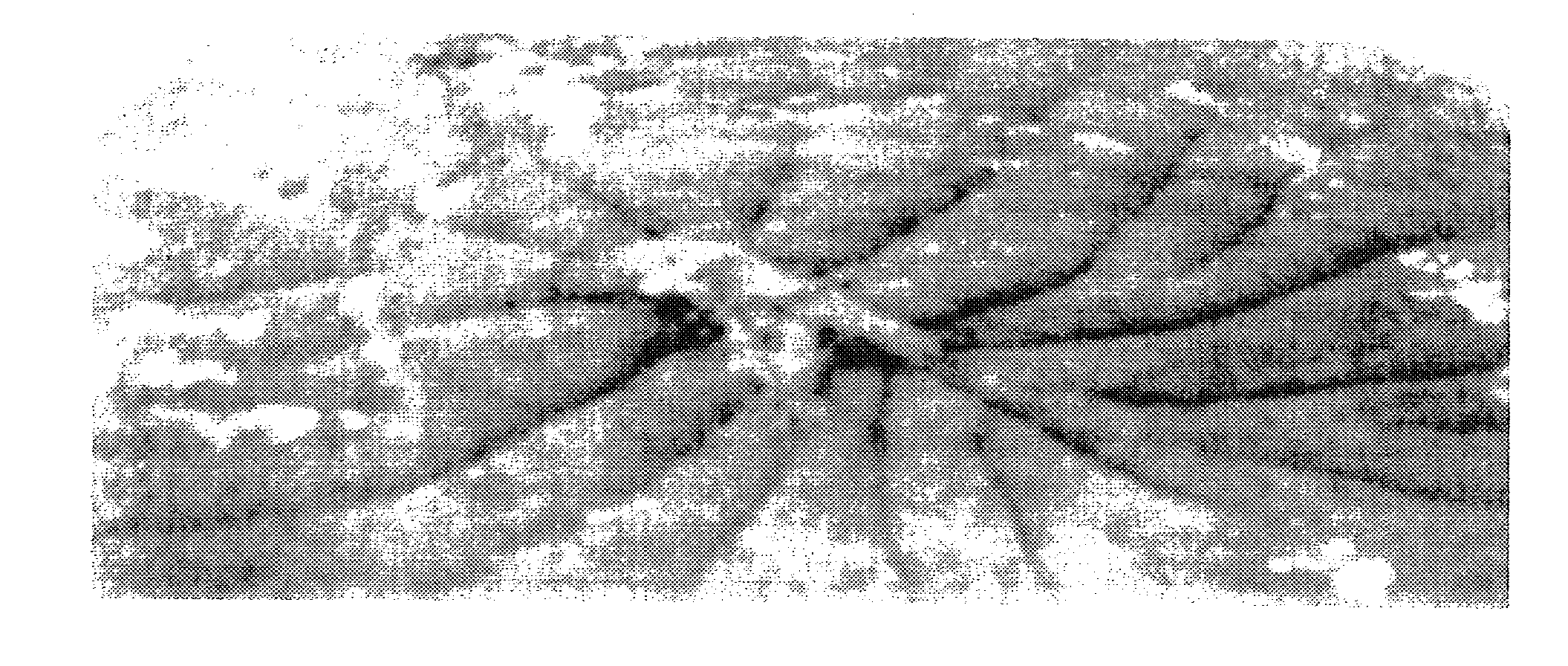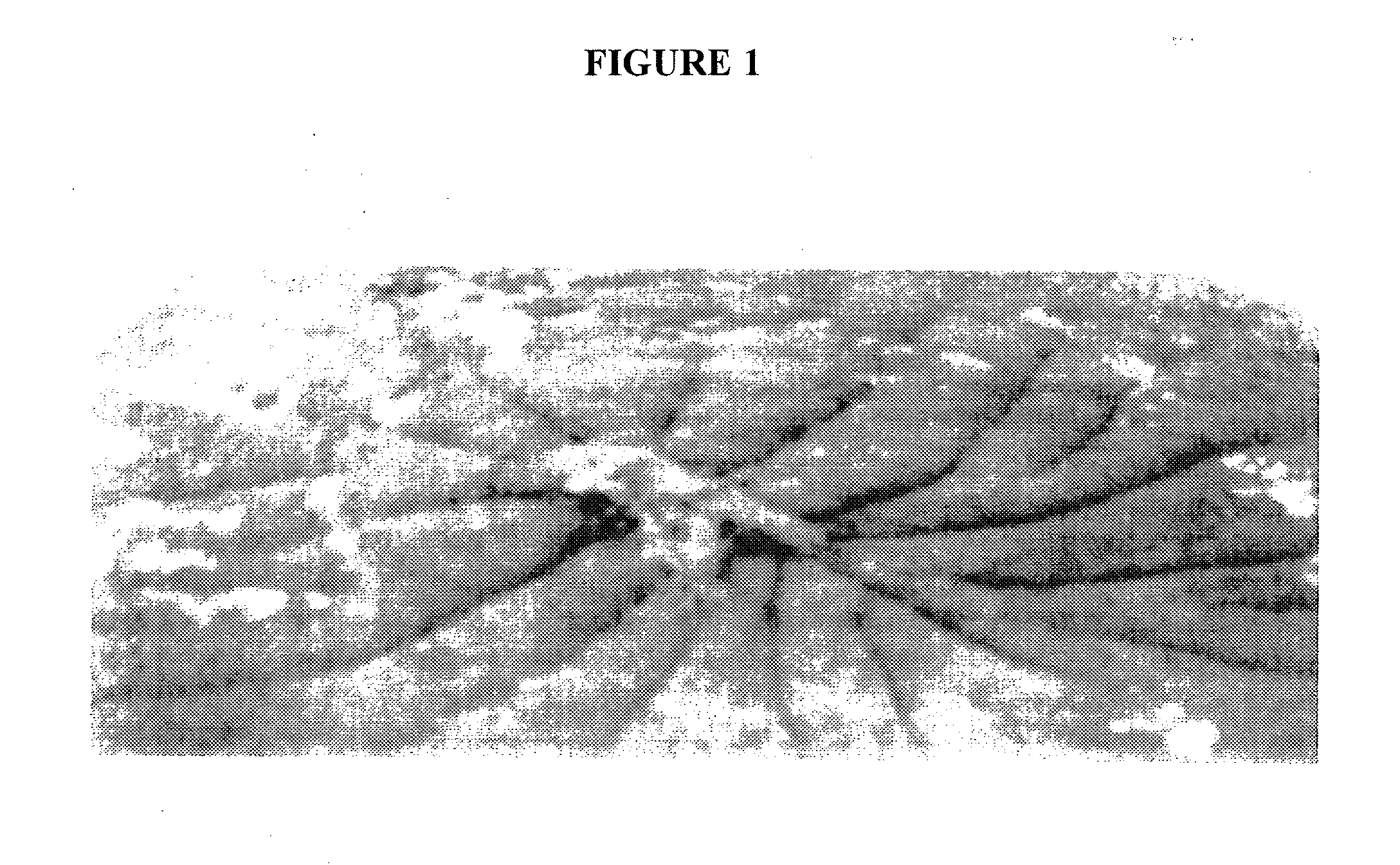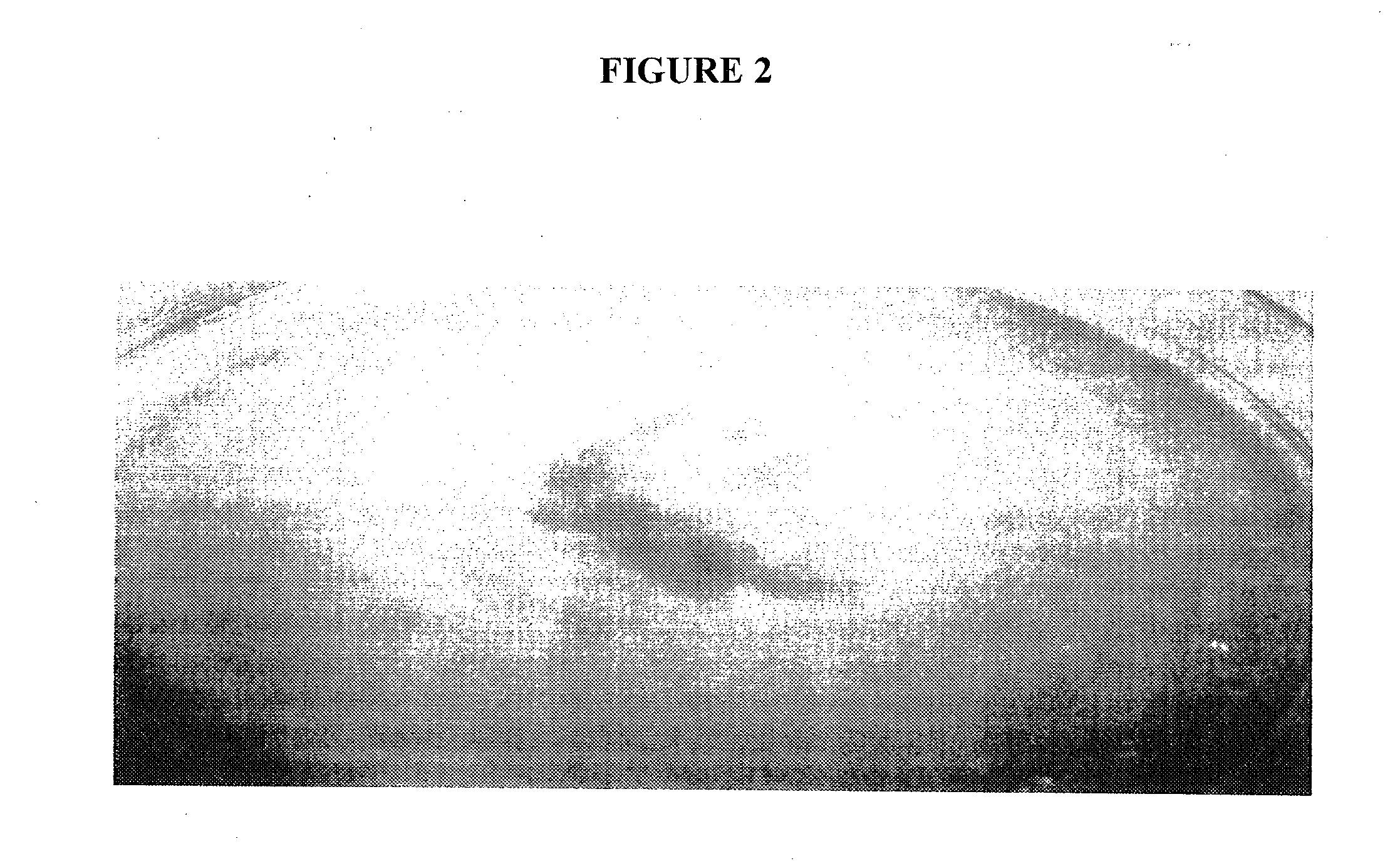Microbial control of aethina tumida with metarhizum anisopliae
a technology of metarhizum and aethina tumida, which is applied in the field of microbial control of aethina tumida with metarhizum anisopliae, can solve the problems of threatening honey production, substantial damage to the small hive beetle, and serious threat to honey bee populations and us agricultur
- Summary
- Abstract
- Description
- Claims
- Application Information
AI Technical Summary
Benefits of technology
Problems solved by technology
Method used
Image
Examples
example 1
[0027]The infectivity of Metarhizum anisopliae against Aethina tumida. The small hive beetles used in bioassays were collected from infested hives from honey bee colonies maintained at the apiary at FAMU Research Farm, Quincy, Fla., and at Rish Tupelo Apiary Wewahitchkam, Fla. The Metarhizum anisopliae strain was recovered from diseased small hive beetles collected in the field and cultured on fungal media after surface sterilization. The fungal isolate was identified and subcultured in Petri dishes on Sabouraud maltose agar (Difco, Detroit, Mich.) supplemented with 1% yeast (SMAY), and incubated at 27±1° C., 85% relative humidity, and 13:11 (Light:Dark) h photoperiod. Conidia from 14-19 day-old cultures were harvested with 0.1% Triton X-100, washed once in deionized water by centrifugation at 5,000 rpm for 20 min to concentrate the spores. They were then diluted in distilled water to produce fungal suspensions ranging from 104 to 1011 per ml for bioassays. Twenty to thirty small hi...
example 2
[0031]The efficacy of Metarhizum anisopliae was determined in drench soil bioassays against larvae and pupae small hive beetles using similar bioassay techniques as described in Example 1.
[0032]Sterilized soil samples (20 g) were placed inside the SOLO laboratory cups. The soil samples were sprinkled with 2 ml of water; covered and allowed to settle for approximately 30 minutes under a fume cupboard. One ml of each concentration of the fungal spores in triton was then pipetted into each treatment cup. After the fungus was added to the soil, four instar larvae of small hive beetle were transferred into each cup. Deionized water containing 0.02% Silwet L-77 was used as controls for each experiment run. Five concentrations: 104, 105, 106, 107, and 108 conidia per ml were tested and each treatment was replicated three times. The treated beetles were held in an incubator [27±1° C., 85% relative humidity, and 13:11 (Light:Dark) h photoperiod]. Beetle mortality was recorded daily for 21 da...
example 3
[0036]The infectivity of Beauveria bassiana against Aethina tumida. The small hive beetles used in bioassays were collected from infested hives from honey bee colonies maintained at the apiary at FAMU Research Farm, Quincy, Fla. and at Rish Tupelo Apiary Wewahitchka, Fla. The Beauveria bassiana strain was recovered from diseased small hive beetles collected in the field and cultured on fungal media after surface sterilization. The fungal isolate was isolated, identified and subcultured in Petri dishes on Sabouraud maltose agar (Difco, Detroit, Mich.) supplemented with 1% yeast (SMAY), and incubated at 27±1° C., 85% relative humidity, and 13:11 (Light:Dark) h photoperiod. Conidia from 14-19 day-old cultures were harvested with 0.1% Triton X-100, washed once in deionized water by centrifugation at 5,000 rpm for 20 min to concentrate the spores. They were then diluted in distilled water to produce fungal suspensions ranging from 104 to 1011 per ml for bioassays. Twenty to thirty small ...
PUM
 Login to View More
Login to View More Abstract
Description
Claims
Application Information
 Login to View More
Login to View More - R&D
- Intellectual Property
- Life Sciences
- Materials
- Tech Scout
- Unparalleled Data Quality
- Higher Quality Content
- 60% Fewer Hallucinations
Browse by: Latest US Patents, China's latest patents, Technical Efficacy Thesaurus, Application Domain, Technology Topic, Popular Technical Reports.
© 2025 PatSnap. All rights reserved.Legal|Privacy policy|Modern Slavery Act Transparency Statement|Sitemap|About US| Contact US: help@patsnap.com



